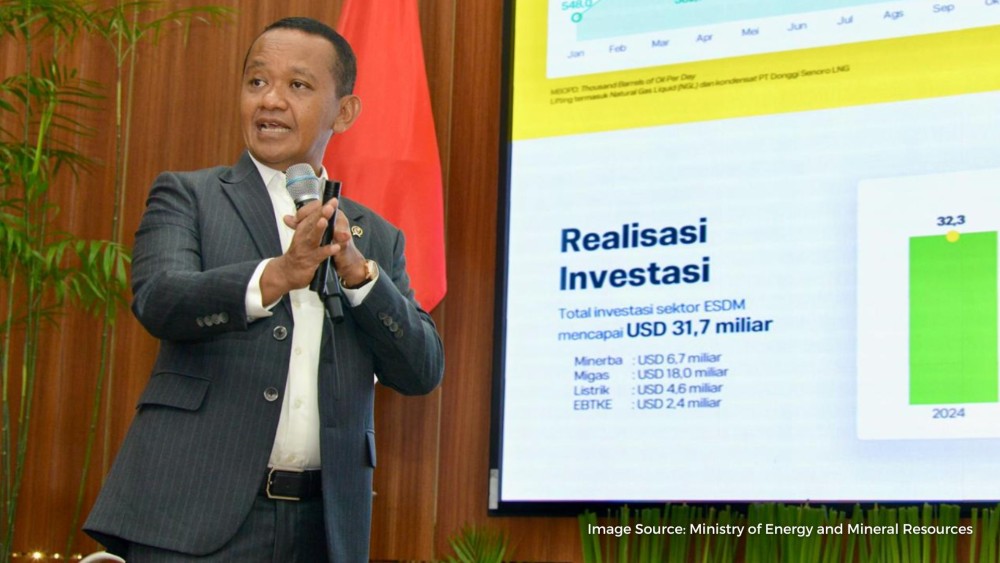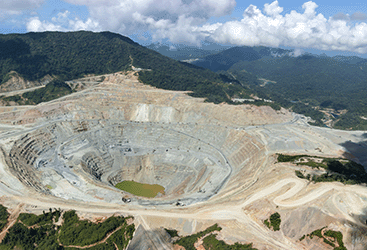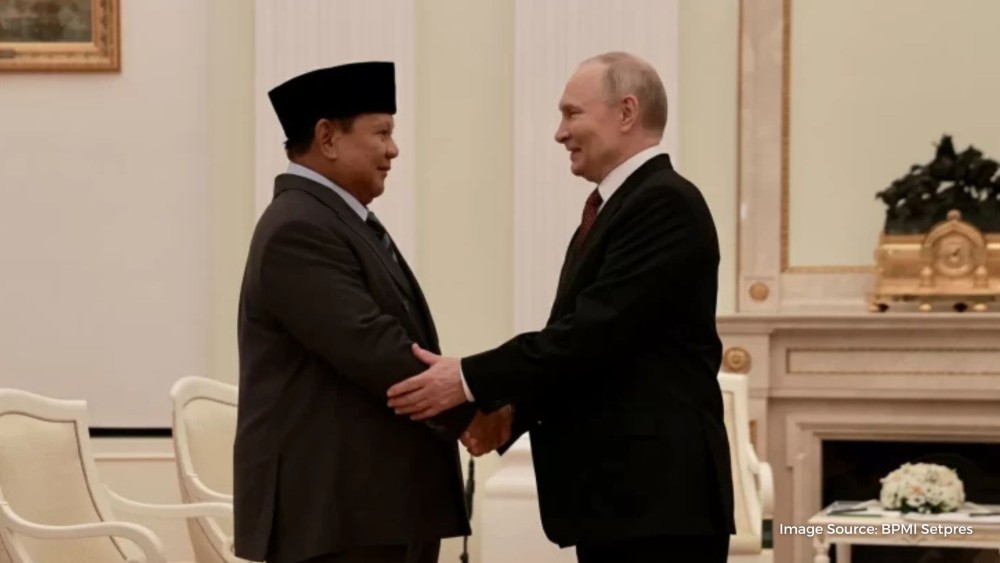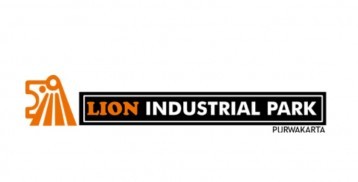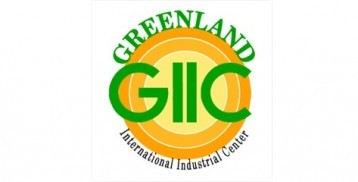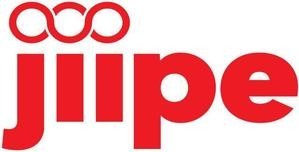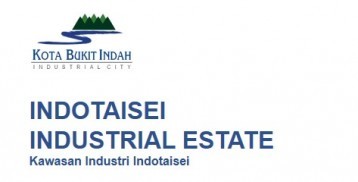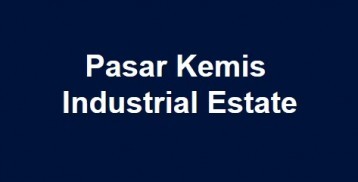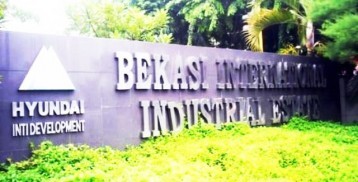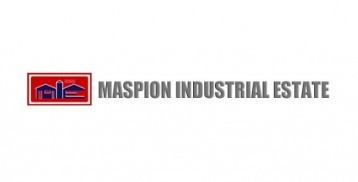Indonesia's recycling industry is set up for a big boost
17 Apr 2024
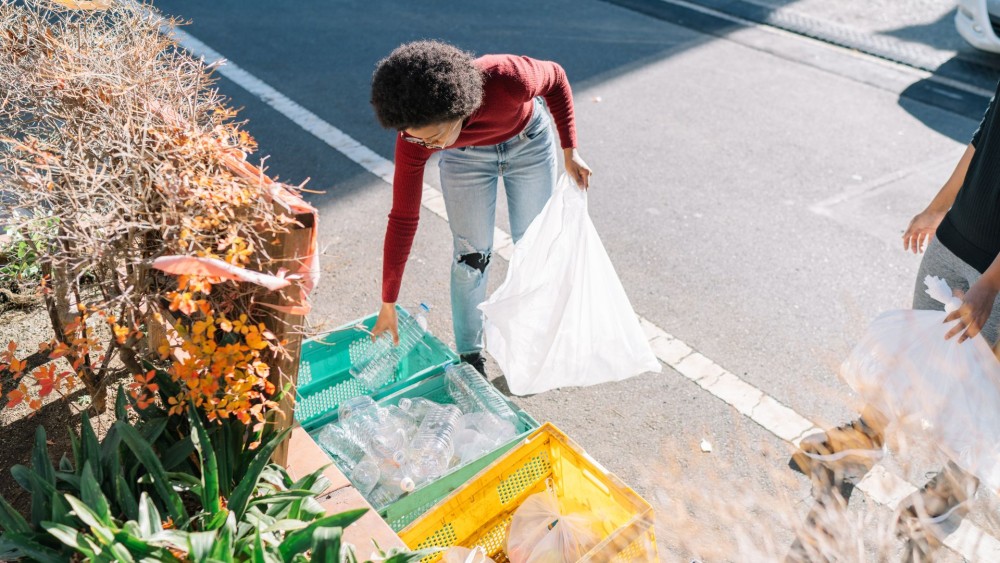
Earlier this year, in January, at a dialogue event on waste management held by the Ministry of National Development Planning (Bappenas), Vivi Yulaswasti, Deputy for Maritime and Natural Resources at Bappenas, announced that the Ministry had concluded a cross-ministry data interoperability for waste management with two other ministries.
While only mentioned in passing, this achievement, in truth, was a massive undertaking, requiring data and rules synchronization from five different sets of systems across the three ministries; namely AKSARA (Bappenas), NAWASIS (Bappenas), SIPSN (Ministry of Environment and Forestry or MoEF), SIINSAN (MoEF), and SIPD (Ministry of Home Affairs).
The result is a Waste Code Catalogue, a national reference for standardized data formats that incorporated a regional reference code guided by relevant regulations, created two years after the initiative began in 2021. A technical guideline was further achieved in mid 2023.
Though the data structure within the information systems of the pertinent ministries must still be adjusted to provide a streamlined reporting system, the catalogue would enable the country to make future waste management decisions with reliable data and information.
The initiative itself is part of a project dubbed the Emission Reduction in Cities through Improved Waste Management, or ERiC-DKTI. The four-year long project was done in collaboration with the German government and had also resulted in six policy recommendation analysis reports, three regional regulations on waste management fee adjustments, guidance on waste sorting for more than 558 households, as well a digital calculator for waste management fee calculation.
This is all to say that Indonesia is another step closer towards having a proper waste management system.
Formalizing waste collector in synergy with EPR
One major obstacle in the country’s waste management sector is financing.
While countries such as China and the Germany have set rules and infrastructure for waste management, Indonesia does not have yet a proper standard to even set up waste handling fees, resulting in lack of funds to build proper waste management infrastructure such as incinerators, or even garbage compactors.
In that regard, the establishment of the Waste Code Catalogue and digital calculator for waste management fee calculation could go a long way in resolving the issue. Already the nation is seeing several cities and regencies adjusting their waste handling fees to properly tackle their mounting waste problem. The Mandung landfill in Jembrana, Bali, for example, has raised its waste handling fee from just Rp 50,000 (roughly US$3) per truck delivery to Rp 150,000. The city of Medan also nearly tripled its waste handling fee this year, having last increased waste handling fee in 2006.
One way in which cities and regencies could channel the money from the increased waste handling fee is by formalizing the work of waste collectors. Dominated by informal workers, waste collectors – known locally as pemulung – play a significant role in supplying recyclable plastics to the country’s waste management sector, contributing over 80% of the plastic and paper used by recycling companies.
Additionally, the nation has paved the way for the implementation of Extended Producer Responsibility (EPR), enshrined under Indonesia Waste Management Act of 2008, which has been further laid out for implementation via Government Regulation No. 97/2017 (also known as Jakstranas) and Minister of Environment and Forestry Regulation No. 75/2019. These regulations set the path for industries, particularly the consumer goods, retail, as well as hotels and restaurants sectors, to actively participate in the streamlining of the waste management process from production to consumption to recycle and reuse.
A collaborative effort
According to Bappenas, by establishing a strong recycling industry, Indonesia can expect to create 1,000 new companies, absorb 3 million laborers, contribute up to Rp 200 trillion rupiah in Gross Domestic Product by 2030, while reducing waste by 50 percent and greenhouse gas emissions by 29 to 41 percent.
The Waste Code Catalogue is one major step towards achieving that goal, but there is still a lot more to be done. The implementation of EPR in Indonesia is still in its nascent form, with only major companies, such as Unilever, Coca-Cola, and Nestle, investing proportionately in meeting their EPR targets.
A largely still-missing piece is public participation, wherein domestic and household wastes tend to be more difficult to recycle due to their level of impurities and the negative effects it causes to the mechanical properties of products such as tensile strength, tear strength, and durability.
It’s relevant to note that community managed waste banks play a sizeable role in the effort to have households sort their trash prior to collecting. According to the SIPSN databank, as of April 2024, there are 25,685 waste bank units spread across the archipelago, a significant increase from only over 7,500 in 2018. As waste banks sit right in the middle between households and waste collectors, the government could do more to incentivize partnership between corporations and waste banks to improve the overall waste management capacity – aside from directly promoting the formalization of waste collectors.
Overall, the pieces are in place for Indonesia to vastly improve its waste management, with both the private and public sector posed to benefit. All it takes is for all parties to actively participate in the existing frameworks and to continue pushing forward for a brighter, greener future.

